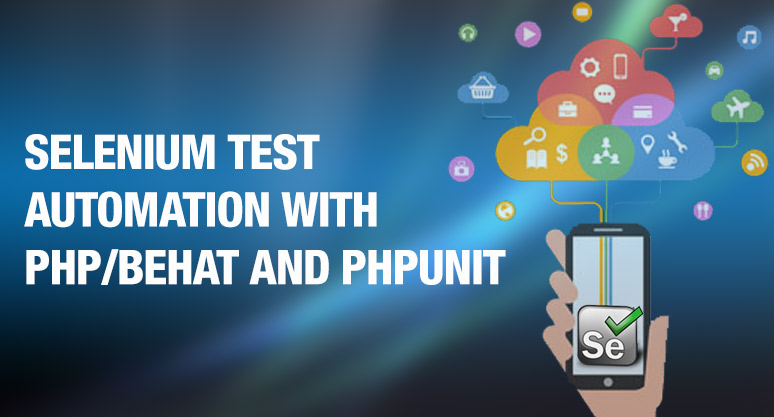Description
Bluetooth Low Energy(BLE)
TABLE OF CONTENT
1. Introduction to Wireless Communication
Overview of wireless communication technologies
Evolution of Bluetooth technology
Bluetooth Classic vs. Bluetooth Low Energy
2. Basics of Bluetooth Low Energy (BLE)
BLE architecture and protocol stack
GAP (Generic Access Profile) and GATT (Generic Attribute Profile)
Advertising and discovery mechanisms
Connection establishment and data exchange
3. BLE Services and Characteristics
Understanding GATT services and characteristics
Standard BLE services (e.g., Heart Rate, Battery Level)
Custom services and characteristics
4. BLE Development Environment
Introduction to BLE development kits
Setting up BLE development tools and environments
Overview of BLE development platforms (e.g., Nordic Semiconductor, Texas Instruments)
5. BLE Programming
Programming with BLE APIs (Application Programming Interfaces)
Code examples for advertising, scanning, and data exchange Handling BLE events and callbacks
6. BLE Security
Pairing mechanisms in BLE
Encryption and privacy in BLE
Security best practices for BLE applications
7. BLE and Mobile Applications
Integrating BLE with Android and iOS platforms
Developing BLE-enabled mobile applications
Case studies of BLE in mobile applications
8. BLE Testing and Debugging
Testing tools for BLE devices
Debugging common BLE issues
Performance optimization techniques
9. BLE in IoT and Wearables
Role of BLE in IoT applications
BLE in wearable devices
Practical examples and case studies
10. BLE and Cloud Integration
Connecting BLE devices to the cloud
IoT platforms and BLE integration
Data synchronization and security considerations
11. Advanced Topics
Bluetooth mesh networking
Beacon technology and applications
Energy efficiency and power management in BLE
12. Industry Standards and Certification
Bluetooth SIG standards and specifications
Bluetooth certification process
Compliance with Bluetooth standards






